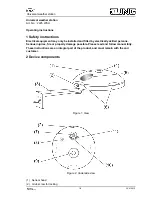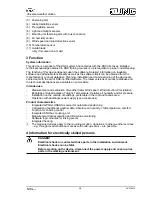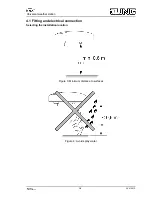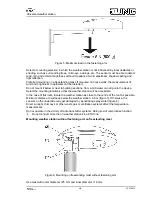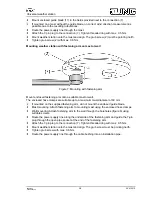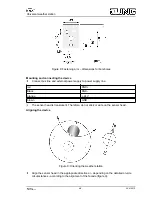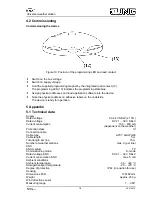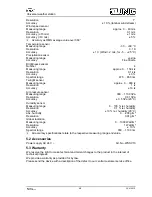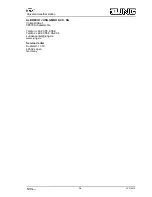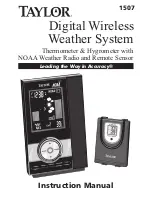
Figure 5: Maximum load on the fastening arm
Select a mounting selection in which the weather station is not influenced by local obstacles or
shading, such as surrounding trees, chimneys, awnings, etc. The sensor must be able to detect
wind, rain and ambient brightness without impedance. Avoid slipstream, shadow casting and
light reflection.
Preferred mounting on a freestanding mast. If mounted on house walls, the measurement of
wind and brightness in particular can be distorted.
Do not mount it below or next to building sections, from which water can drip onto the device.
Select the mounting location so that the weather station will be accessible.
In the case of flat roofs, locate the weather station as close to the centre of the roof as possible.
Minimum distance to surfaces below the weather station: 0.6 m (figure 3). Otherwise, the
sensors on the underside may get damaged by penetrating spray water (figure 4).
Direct sunlight, chimneys or other waste gas or ventilation systems affect the temperature
measurement.
Do not operate in the vicinity of radio transmitter systems. Doing so will compromise function.
i
Do not connect more than 3 weather stations in a KNX line.
Mounting weather station without fastening arm on freestanding mast
Figure 6: Mounting on freestanding mast without fastening arm
Use mast with outer diameter <25 mm and inner diameter >19 mm.
4/9
82590103
J:0082590103
30.01.2015
Universal weather station

